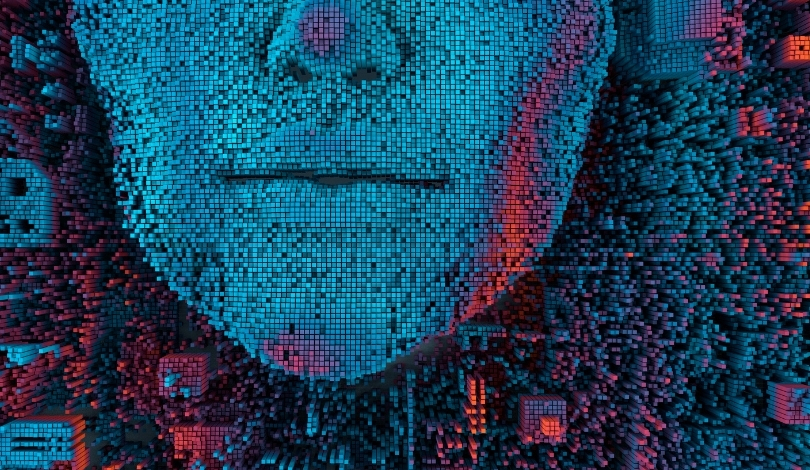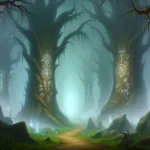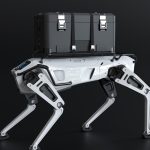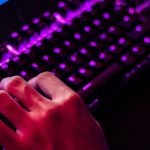A surge of images inspired by Studio Ghibli’s unique animation style has taken social media by storm, fueled by the latest capabilities of OpenAI’s AI tools. Celebrities, technology leaders, and even government entities like the White House have embraced this trend, showcasing adaptations of their visuals in the beloved Ghibli aesthetic. This movement highlights the intersection of traditional artistry and modern artificial intelligence, raising questions about the future of manual animation practices.
In past developments, artistic style mimicking trends existed but did not achieve the rapid and widespread adoption seen with the current “Ghiblification” movement. Earlier attempts were more niche and lacked the viral momentum driven by advanced AI technologies, making the present phenomenon distinct in both scale and impact.
How Are AI Tools Replicating Ghibli’s Animation?
AI platforms utilize intricate algorithms trained on vast datasets of Studio Ghibli films to emulate the distinctive hand-drawn aesthetics that the studio is renowned for. This allows users to generate new images and animations that capture the essence of Ghibli’s storytelling and visual flair.
What Is Hayao Miyazaki’s Perspective on AI-Driven Animation?
“Whoever creates this stuff has no idea what pain is or whatsoever. I am utterly disgusted… I would never wish to incorporate this technology into my work at all. I strongly feel that this is an insult to life itself.”
Miyazaki’s past remarks suggest discomfort with AI’s role in animation, fearing that automated processes could undermine the emotional depth and human touch integral to his creations.
Are There Legal Implications for Using Ghibli Styles in AI Creations?
“From a copyright standpoint, anyone is free to tell and illustrate their own images and stories using an animation style,”
explained Randall McCarthy, an IP attorney.
“Studio Ghibli may only be able to assert copyright infringement when a particular character from their work is generated through A.I. and is highly similar to its movie resemblance.”
Additionally,
“OpenAI training on Ghibli’s data is a classic example of A.I. models training on data without any compensation or credit. Today, someone can mimic an iconic style like Ghibli with a few prompts and face little to no consequence,”
stated Jason Zhao, co-founder of Story, highlighting the ethical concerns surrounding the use of proprietary artistic data.
The integration of AI in replicating Studio Ghibli’s animation style underscores a significant shift in creative processes, balancing technological advancement with the preservation of traditional artistry. As AI tools become more sophisticated, the dialogue between innovation and artistic integrity will likely intensify, prompting stakeholders to navigate the complexities of ownership, authenticity, and the future role of human creators in animation.










